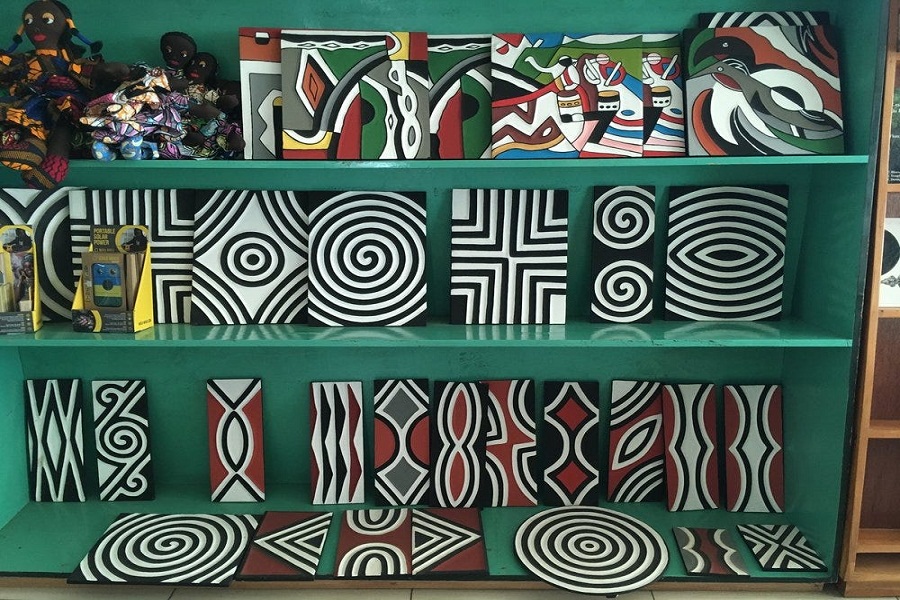
Published :
Updated :

Rwanda's Imigongo, a 200-year-old art form traditionally made with cow dung and ash, is experiencing a resurgence. This revival comes three decades after the devastating 1994 genocide that nearly wiped out the practice. Imigongo is known for its raised black-and-white geometric patterns.
Initially created by a Tutsi prince to decorate his palace, imigongo was traditionally a rural household art form. Women would use natural pigments to create the designs on their homes. Basirice Uwamariya, who lost her husband and many relatives in the genocide, revived the practice in 1996.
Today, imigongo has transformed. While traditional patterns remain, modern designs and colours are incorporated. Natural pigments have been replaced with commercially available paints.
Imigongo is no longer confined to homes; it adorns clothing and wooden artefacts and is sold in high-end studios and boutiques. The art form attracts both Rwandans and international customers.
The revival of imigongo signifies more than just artistic expression. The art form now stands as a symbol of unity and resurgence and is a powerful symbol of healing and national pride for Rwanda.


 For all latest news, follow The Financial Express Google News channel.
For all latest news, follow The Financial Express Google News channel.